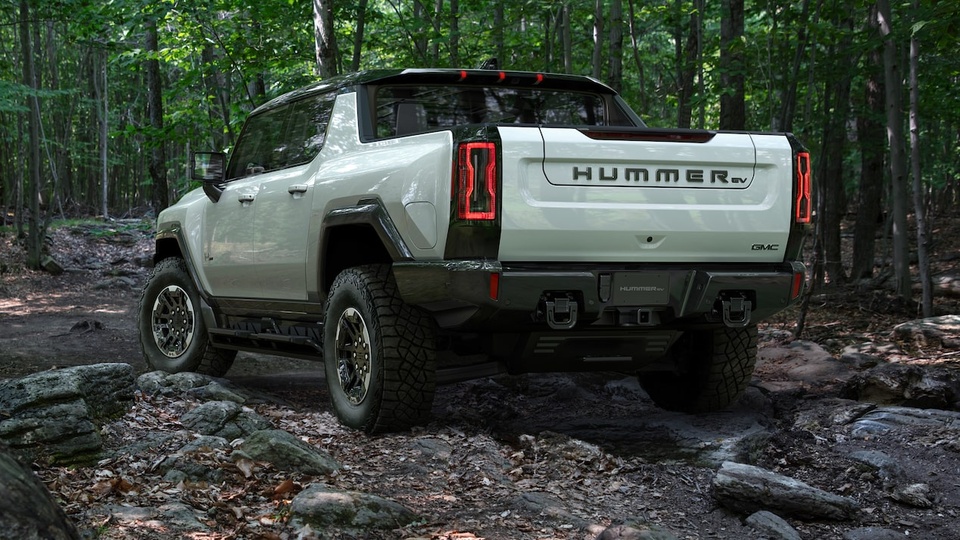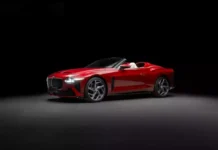
|
There is a common misconception that driving a larger vehicle will provide greater safety to occupants in the event of a head-on collision. However, Carscoops reports on a recent study by the Insurance Institute for Highway Safety (IIHS) in the US, which reveals that safety does not necessarily increase linearly with vehicle size and weight.
According to the study, adding weight to already heavy vehicles does not significantly improve safety and, in some cases, may even pose a safety risk to other road users. The average weight of a new car in the US is around 1,814 kg, while SUVs and pickup trucks weigh more than the average car, which is approximately 1,500 kg for the 2017-2022 period.
IIHS findings suggest that adding 227 kg to vehicles weighing below the average can significantly reduce the risk of occupant death in a crash. However, adding weight to vehicles heavier than the average of 1,814 kg does not make a significant difference.
|
|
For instance, increasing the weight of compact cars below the average weight results in a reduction of 17 driver deaths per million vehicles. In comparison, adding 227 kg to lighter-than-average pickup trucks reduces driver deaths by less than one per million new vehicle registrations in the US each year.
On the other hand, increasing the weight of heavier-than-average pickup trucks can be counterproductive. The IIHS report states that this could lead to a rise in occupant deaths in compact cars by seven per million new vehicle registrations in the event of a head-on collision with these large trucks.
For occupants in these heavier trucks, the death rate is also reduced by less than one per million new vehicle registrations in the US.
|
|
Over the years, IIHS has also studied the “compatibility” in crashes between different types of vehicles. The results show that this compatibility has improved over time, with many modern pickup trucks and SUVs now having front ends that match better with compact cars.
According to the IIHS report, during the 2011-2016 period, occupants of compact cars were 90% more likely to die in a collision with SUVs weighing over 5,000 pounds (around 2,268 kg) than in a head-on crash with another compact car. Data from 2017-2022 shows that this figure has improved, with the death rate now reduced to 20%.
Similarly, pickup trucks were 2.5 times more likely to cause death to compact car occupants in a crash during 2011-2016, but this has decreased to less than double in the 2017-2022 period.
|
|
“Heavier-than-average vehicles are more likely to strike lighter ones. This analysis shows that choosing a super-heavy vehicle doesn’t make you safer, but it does make you a bigger threat to others,” concludes IIHS statistician Sam Monfort.
Recommended Reads for Your Journey
Our Automotive section offers a diverse range of book recommendations to engage and entertain you during your travels. Whether you’re on a long road trip or just enjoying a quiet moment, these titles are sure to enrich your reading experience.
The Train Driver’s Harrowing Account of the “Track-Scorching” Emergency Brake: A Near-Miss with Two Women Posing on the Tracks
The cargo train, with its 25 carriages, was traveling from Phu Tho to Yen Vien station in Hanoi when it passed through Vinh Phuc province. The train staff spotted two women taking photos on the tracks. Despite the train driver’s continuous warning horn blasts, the women ignored the warnings and carried on, forcing the train to make an emergency stop.











































